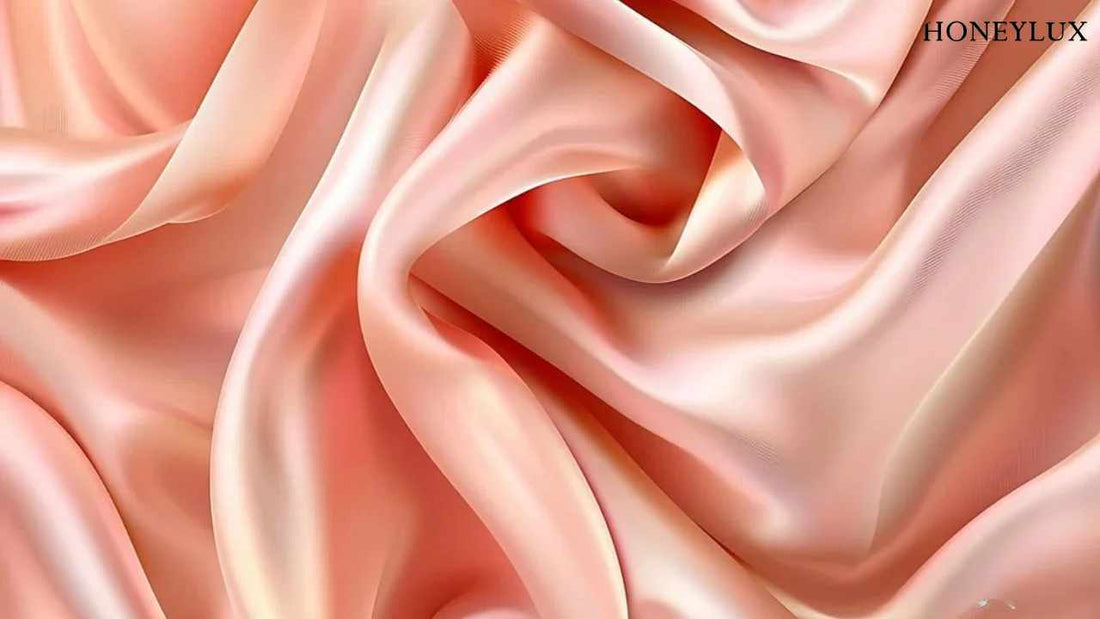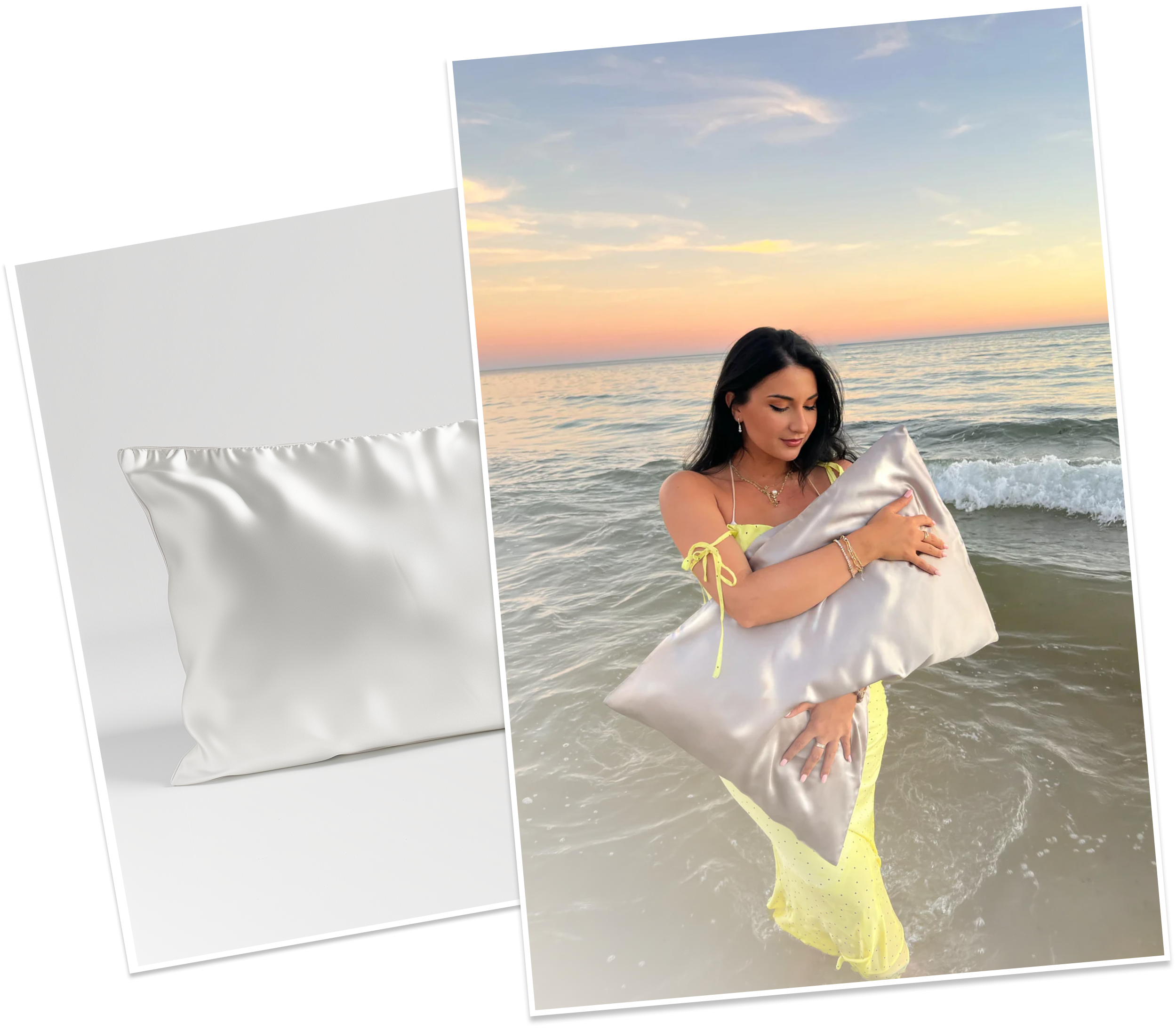
5 Major Differences Between Satin and Silk Fabrics
Share
In today’s advanced world, we have several fabrics that are used in the manufacture of so many products, from clothes to hair accessories.
Two commonly used fabrics are satin and silk, which are often confused for one another. However, they are quite different from each other. Knowing the differences can help you make an informed decision about which fabric you should choose, regardless of what you are buying.

5 Major Differences Between Satin and Silk
The type of fabric
Satin is a synthetic fabric that is typically made from rayon or polyester. In fact, it can sometimes be made partly of silk, although it comes nowhere close to real silk.
Silk is a purely natural fabric created by silkworms and extracted from the cocoons of these tiny creatures. There are different types of silk, based on the type of silkworm that produces it. Some common types include mulberry silk (nearly 90% of silk used worldwide), tussar silk, eri silk, and more.
The texture
There is one major noticeable difference between textures of satin and silk. While satin is glossy and shiny on one side, it’s usually rough and dull on the other side.
However, silk is a luxurious fabric that is smooth and shiny on both sides. This makes silk usable on both sides, which is helpful in creating dual-sided accessories like scarves.
The feel
Satin is a synthetic fabric that’s not very soft, although smooth. There is nothing in particular that makes it feel good to wear. Moreover, it gets heated up soon, making it uncomfortable for the wearer during hot weather.
Silk is one of the most popular natural fabrics out there. It’s soft, smooth, and feels super luxurious, making it ideal for manufacturing a wide range of luxury clothes and accessories. Silk has temperature-regulating properties, making it great to wear in every season, whether summers or winters.
The durability
The wear and tear quality of satin is quite high, as it is prone to snagging and tearing easily. This is because it’s made by weaving short fibres.
However, natural silk is made up of long fibres that make it resistant to wear and tear, despite being delicate. This quality makes silk more durable than its synthetic counterpart.
The cost front
Since the manufacture of satin uses cheaper synthetic raw materials, it’s fairly less expensive. This price tag depends upon the type of weave as well.
Silk, being luxurious, is fairly high on the price tag, but it offers a wide range of benefits, making it worth your investment. Some rescind brands have made pure, organic, mulberry silk accessories (such as hairbands, wraps, sleep masks, and even silk pillowcases) more accessible to women around the world.
Eco-friendly and sustainable beauty brand HoneyLux Co offers premium-quality, pure mulberry silk headbands, silk scrunchies, silk hair turbans and wraps, silk sleep masks, and silk pillowcases that are certified organic.

